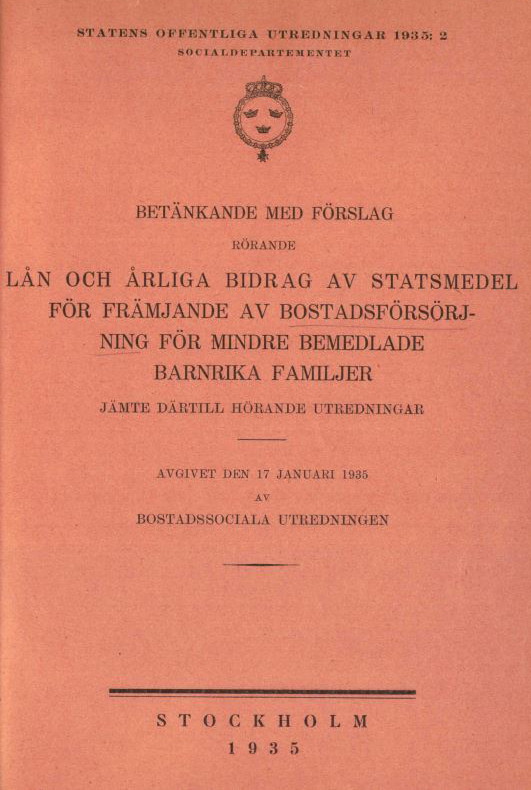Architecture and Urban Planning as Social Engineering
David Kuchenbuch

Abstract
This article considers selective transfers of knowledge between Swedish and German architects and urban planners from the early 1930s to the mid-1940s. It contextualizes such transfers with regard to transnational practices of social engineering in this period. By analysing mutual observations by protagonists working in institutions such as the DAF Reichsheimstättenamt or the Swedish state commission on housing, Bostadssociala utredningen, it argues that transfers were motivated by a shared conviction that architecture and city planning could contribute to an ‘ordering’ of society. Experts in both countries were committed to the ideal of an organic community, which, to them, appeared to be threatened by modern mass society, but could be restored by spatial interventions based on objective, scientific knowledge. Due to this overarching frame of reference, architectural concepts could easily be cleared of their respective ideological context, allowing for cross-border communication. Transnational planning paradigms such as the ‘neighbourhood unit’ could be made to conform with political projects as different as the ‘Volksgemeinschaft’ in Nazi Germany and the ‘People's Home’ (folkhemmet) in Social Democratic Sweden.
Kuchenbuch, D. “Architecture and Urban Planning as Social Engineering. Selective Transfers between Germany and Sweden in the 1930s and 1940s,” Journal of Contemporary History 51 (2016): 22-39 https://journals.sagepub.com/doi/abs/10.1177/0022009414558729

